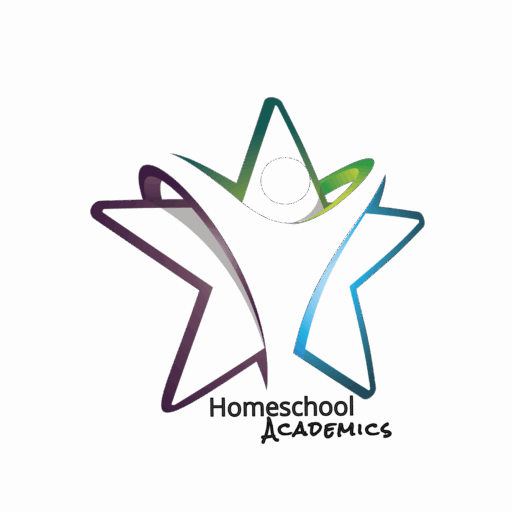Down Syndrome
Down syndrome is a genetic condition caused by an extra copy of chromosome 21. This additional genetic material affects how the body and brain develop, leading to physical and cognitive challenges. Children with Down syndrome often grow more slowly, especially in speech and learning. Physical traits are usually noticeable at birth and become more defined over time.

October is Down Syndrome Awareness Month
It’s a month to raise awareness and celebrate the many abilities of our loved ones with Down syndrome. DSAM seeks to break down barriers and focus on promoting advocacy for people with Down syndrome. NDSS celebrates October differently each year, and we invite you to get involved and spread the word.
What is Down Syndrome?
Down syndrome is a genetic disorder caused by the presence of an extra copy of chromosome 21. This additional genetic material affects development and results in the physical and intellectual characteristics associated with the condition. It’s one of the most common chromosomal disorders.
Educational Tips
Communication
- Support spoken communication with lots of visual cues.
- Watch your child closely and learn their communication ways.
- Smile a lot and communicate enthusiastically with lots of facial expressions.
- Use lots of repetition and speak at their physical level.

Tasks and Assignments
- Use visuals: Many students with Down syndrome are visual learners, so you can use visual aids like images, videos, demonstrations, and checklists. You can also use visual schedules, first/then visuals, and visual timers.
- Break down tasks: Break tasks into smaller steps and provide step-by-step checklists.
- Use simple language: Use clear, simple, and familiar language.
- Use multisensory learning: Include auditory, visual, and tactile elements in lessons.
- Use technology: Encourage students to use tablets, computers, and smartphones.
- Use short teaching sessions: Keep teaching sessions short with opportunities for back and forth.
- Use routines: Establish classroom routines and help students understand the routine.
- Use physical objects: For choice questions, use physical objects to play to students’ visual processing strengths.
- Use auditory rehearsal: Play listening games with lists of words or numbers.
- Encourage positive behavior: Reinforce positive behavior and encourage positive peer interactions.
Classroom Management for Students with Down Syndrome
Managing a classroom with students who have Down Syndrome involves creating an inclusive, supportive environment that caters to their unique needs. Here are some strategies...
Down Syndrome and the Public School System
Down syndrome, which is a genetic condition that affects physical and intellectual development, public education systems are required to provide support for students with...
Down Syndrome Behavioral Management
Managing behavior in individuals with Down Syndrome often involves a combination of strategies tailored to their specific needs. Here are some general approaches that might...
Homeschooling Children with Down Syndrome
Homeschooling a child with down syndrome can be a rewarding and effective educational choice, as it allows for a personalized and adaptable approach to meet their unique...
Successfully Homeschooling with Children with Special Needs
Homeschooling children with learning disabilities, such as ADHD, Sensory Processing Disorder (SPD), autism, or other learning differences, requires a tailored approach that...
Task and Assignment Tips for Students with Down Syndrome
When working with students with down syndrome, it's essential to tailor tasks and assignments to their unique needs and strengths. Here are some tips that might help:...
Treatment and Management of Down Syndrome
Managing symptoms of Down syndrome involves addressing the various physical, developmental, and health-related issues associated with the condition. Here's a breakdown of...
Understanding Intellectual Disability
Intellectual Disability (ID), also known as cognitive or developmental disability, is a condition characterized by limitations in both intellectual functioning and adaptive...
What are Cognitive Delays in Down Syndrome?
Cognitive delays in individuals with Down syndrome refer to slower development in intellectual abilities and mental processing compared to their typically developing peers....
What is a 504 Plan?
A 504 Plan is a formal plan developed in the U.S. to provide accommodations and modifications for students with disabilities in public schools and ensure equal access to...
What is an IEP?
An Individualized Education Program (IEP) is a written plan developed for public school students eligible for special education services in the U.S. under the Individuals...
What is Assistive Technology?
Assistive technology (AT) refers to devices, software, or equipment designed to help individuals with disabilities perform tasks that might otherwise be difficult or...

